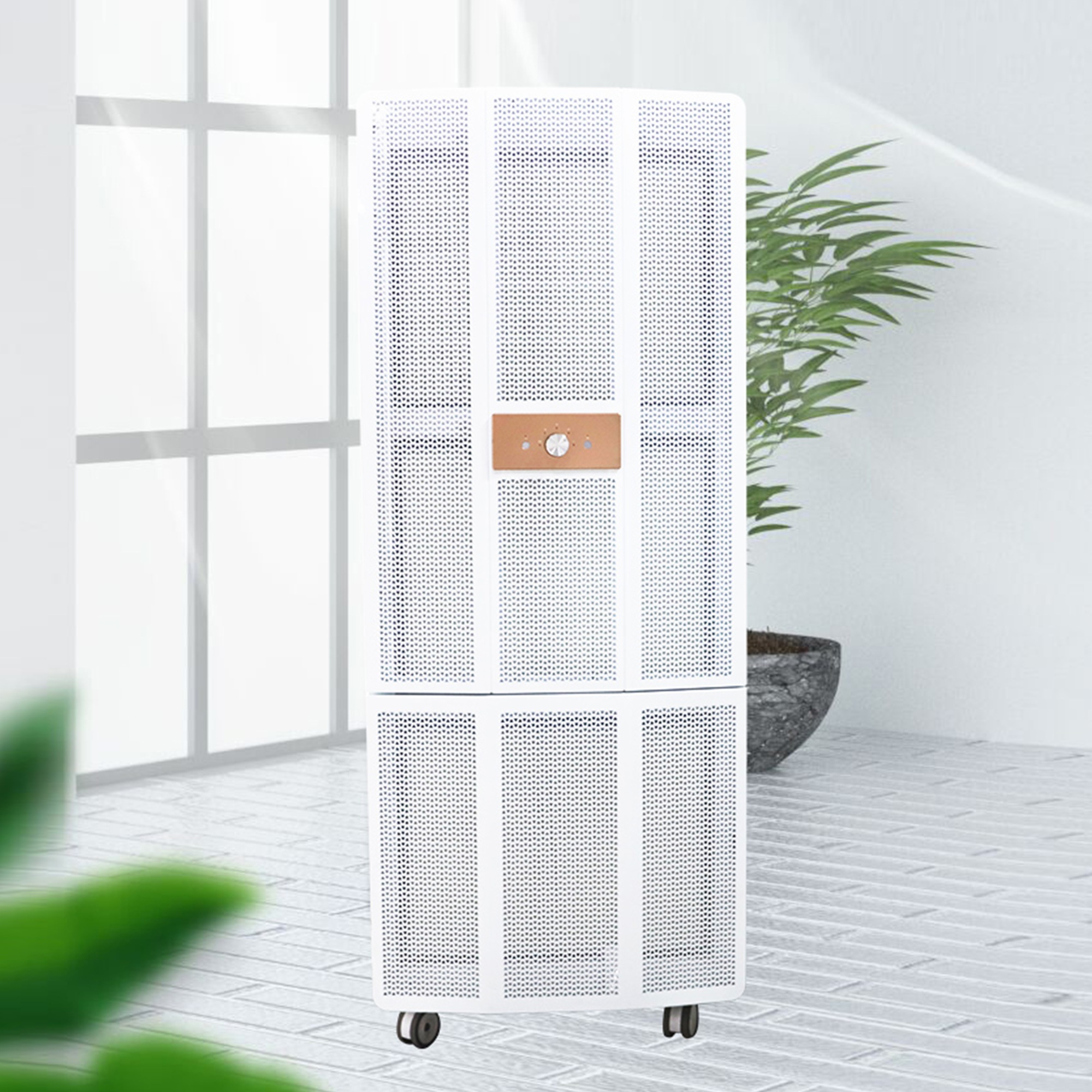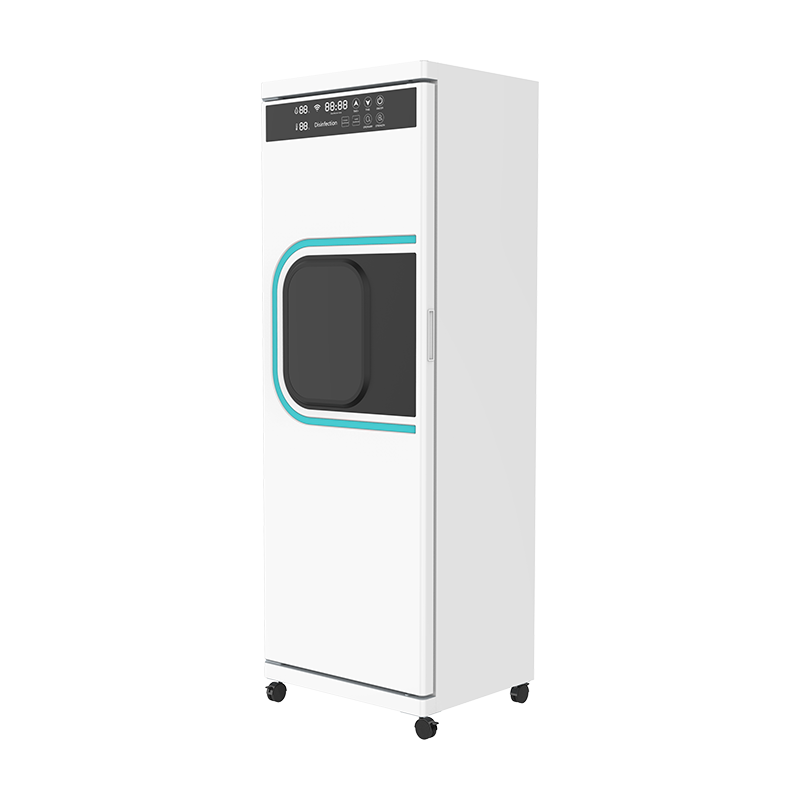Oxygen generators for hospitals are important medical devices. Proper use and maintenance are crucial, directly impacting patient oxygen safety and treatment outcomes.
The following are precautions for using hospital oxygen concentrators:
Content
1. Pre-Use Preparation and Inspection
Confirming Equipment Condition: Before each use, inspect the oxygen concentrator's power cord, switch, and piping to ensure they are intact. Ensure all connections are tight and free of looseness or leaks.
Checking the Humidifier Bottle: The humidifier bottle (if present) humidifies the oxygen to prevent nasal dryness. Before use, check that the water level in the bottle is within the specified range (usually between the highest and lowest marks). Use purified or distilled water only; tap water is strictly prohibited to prevent scale buildup and bacterial growth.
Environmental Requirements: The oxygen concentrator should be placed in a well-ventilated area free from open flames, smoke, dust, and corrosive gases. Allow ample space around the device to facilitate heat dissipation.
2. Operation and Monitoring During Use
Power-on Sequence: Power on the oxygen concentrator according to the correct instructions in the manual. Generally, connect the humidifier bottle and oxygen supply tubing first, then turn on the oxygen concentrator.
Flow Rate Setting: Set the oxygen concentrator flow rate strictly according to your doctor's instructions. Excessive or insufficient flow may affect treatment effectiveness. The float ball on the flow meter should be in the middle of the flow scale, not at the top or bottom.
Continuous Monitoring: During use, regularly check the oxygen concentrator's indicators (such as the power indicator and fault indicator) to ensure they are functioning properly. If any abnormal alarms occur, stop use immediately and contact a qualified professional. Observe the patient's breathing and blood oxygen saturation to ensure adequate oxygen delivery.
Preventing Fire Risks: Oxygen is a combustion accelerator. Smoking, using lighters, or any other open flames near the oxygen concentrator while it is in use. Also, avoid contact with flammable materials such as oil, grease, and chemicals.
3. Post-Use Maintenance and Cleaning
Power-off Sequence: After use, turn off the oxygen concentrator and disconnect all connections. Regular Cleaning: Clean the oxygen concentrator housing and humidifier bottle regularly. Change the water in the humidifier bottle daily and thoroughly clean and disinfect it weekly.
Filter Maintenance: Oxygen concentrators typically have an air inlet filter and a bacterial filter. These should be replaced or cleaned regularly according to the instructions in the manual to ensure oxygen purity and proper operation.
Storage: If not in use for an extended period, clean the oxygen concentrator and store it in a dry, well-ventilated area away from direct sunlight.
4. Special Precautions&
No Unauthorized Personnel: The oxygen concentrator is a precision medical device and should not be disassembled or repaired by unauthorized personnel. If any malfunction occurs, contact the manufacturer or maintenance personnel immediately.
Backup Plan: Hospitals should have an emergency plan with a backup oxygen cylinder or another oxygen concentrator in case of a sudden equipment failure that interrupts oxygen supply to patients.
Children and Elderly People: For children or unconscious elderly people, special attention should be paid to ensure that the oxygen supply tubing is not kinked, detached, or compressed to prevent interruption of oxygen supply.
Proper use and maintenance of the oxygen concentrator not only ensures the lifespan of the equipment but also demonstrates responsibility for patient safety. Furthermore, the maximum noise level of the oxygen concentrator must be within the specified range to provide a quiet environment for patients.

 EN
EN
 English
English 中文简体
中文简体
.png)









